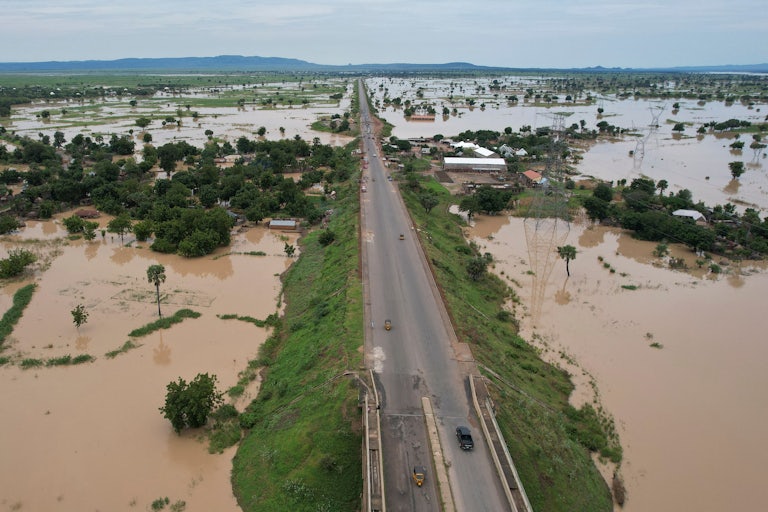Meghan and Harry, Welcome to America’s Climate Crisis
Torrential rains, flooding, and mudslides in California are a preview of an alarming future.
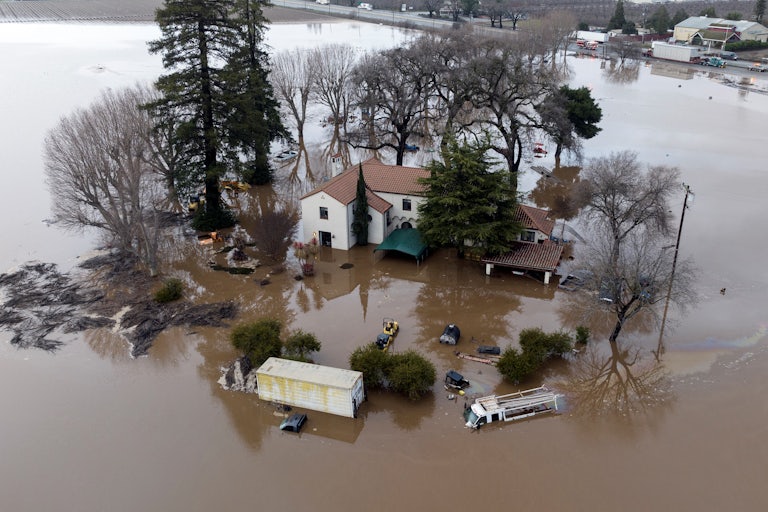
If you’ve visited the home page of a major newspaper in the past week, you’ve probably noticed that the intensity of coverage of British royal family dysfunction is vertiginously approaching that of the war in Ukraine or U.S. congressional mayhem. That’s unsettling enough, but it’s been equally jarring to see the state of California pop up continually in stories about Prince Harry and Meghan Markle—without a mention of the fact that it’s currently a disaster zone.
Montecito, where the couple has made their home, came under mandatory evacuation order on Monday due to the ongoing catastrophic rains hitting the state. Harry and Meghan’s representatives did not respond to the Los Angeles Times’ request for comment as to whether they had complied with the order—a missed opportunity for the couple, arguably, given that climate change is something of a signature issue for them.
Montecito’s disproportionately wealthy residents have had it relatively easy, despite the mudslide warning that went out Monday. Seventeen deaths have been reported across California in the recent rains. Huge portions of Northern California are under flood watch, while hundreds of thousands have experienced power outages and over 135,000 remained without power as of Wednesday morning. A sinkhole opened up under two cars in Los Angeles on Monday, while a 5-year-old child was swept away in floodwaters in San Miguel. The unusual rainfall could continue for the next week, making landslides even more likely.
These kinds of wild weather swings are becoming more frequent as climate change accelerates. Atmospheric rivers (the term for this kind of massive rain band) “are becoming more intense with climate change because they’re holding more moisture,” extreme weather expert Katerina Gonzales told Scientific American this week. And they won’t necessarily reverse the state’s drought problem, she added, given that groundwater takes a long time to be refilled. “We can’t rely on atmospheric rivers to save us. California has wet and dry extremes—that’s our current reality and our future.”
This pattern of fires then floods is basically the worst-case scenario in terms of mudslide conditions, and it’s a scenario a study last April warned of explicitly. Experts are now predicting the California floods could cost several billion dollars once concluded—part of a new trend of billion-dollar disasters striking not an average of three times a year, like in the 1980s, but perhaps over 20 times a year, as happened in 2020.
None of what’s currently happening in California, it’s worth mentioning, begins to approach the scale of the devastation of the floods in Pakistan this summer and early fall. But with news breaking Tuesday that U.S. greenhouse gas emissions rose 1.3 percent in 2022 despite growth in renewable energy, it’s a devastating reminder that we still aren’t doing anywhere near enough.
![]()
Good News
The Environmental Protection Agency is moving to tighten regulations on fine-particulate air pollution—a move projected to save tens of thousands of lives a year. (All the usual suspects, Kate Aronoff notes, are lining up to protest this life-saving measure.)
![]()
Bad News
The Intercept obtained and published footage this week of the crash caused by a Tesla Model S allegedly under control of the “Full Self-Driving Feature” on the San Francisco Bay Bridge on Thanksgiving Day. The car changes lanes and then abruptly brakes for no apparent reason, causing a multivehicle pileup. It’s pretty nightmarish viewing and doesn’t exactly inspire confidence in Tesla’s recent efforts to stay ahead in an increasingly competitive electric vehicle market.
Stat of the Week

That’s how much extreme weather cost the United States in 2022.
Elsewhere in the Ecosystem
The New Soldiers in Propane’s Fight Against Climate Action: Television Stars
As the U.S. wakes up to the dangers, both climate-wise and health-wise, of using natural gas and propane in home heating and cooking, the industry is fighting back, paying influencers to talk about how propane is beautiful while electric appliances and vehicles suck. The Times’ Hiroko Tabuchi has the goods:
The Propane Education and Research Council, or PERC, which is funded by propane providers across the country, has spent millions of dollars on “provocative anti-electrification messaging” for TV, print and social media, using influencers like Mr. Blashaw, according to the group’s internal documents viewed by The New York Times.
As a federally sanctioned trade association, PERC is allowed to collect fees on propane sales, which helps fund its marketing campaigns. But according to the law that created this system, that money is supposed to be used for things like research and safety.
Read Hiroko Tabuchi’s piece at The New York Times.
This article first appeared in Apocalypse Soon, a weekly TNR newsletter authored by deputy editor Heather Souvaine Horn. Sign up here.

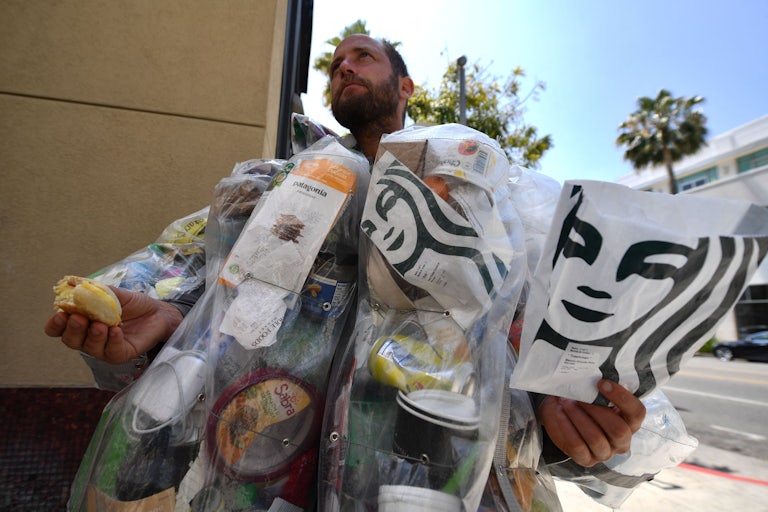


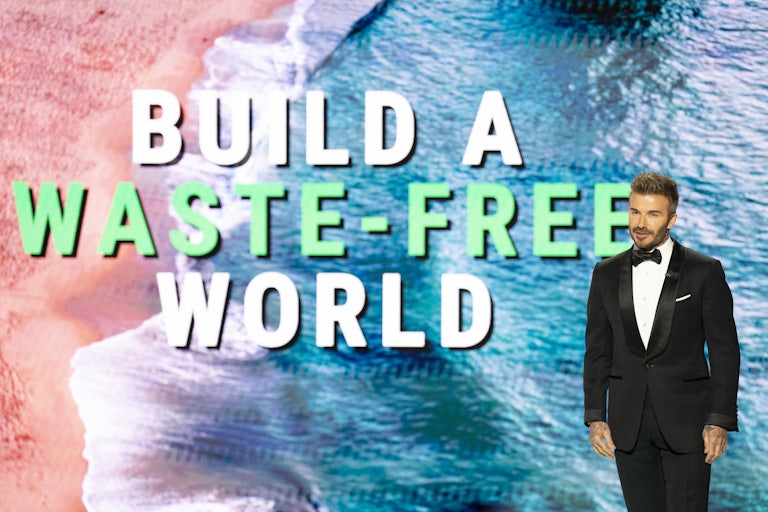
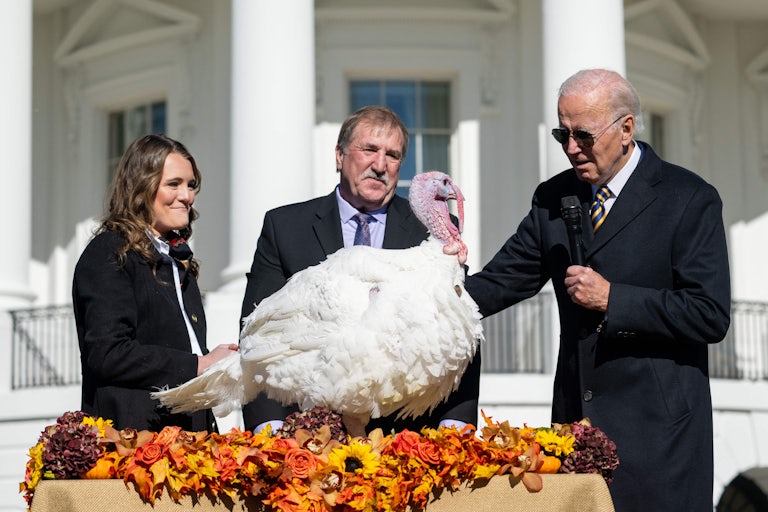
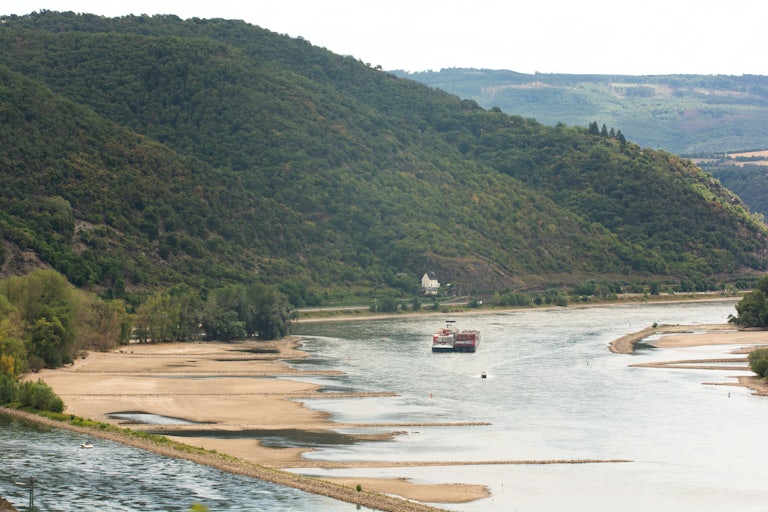
.png)

.png)
